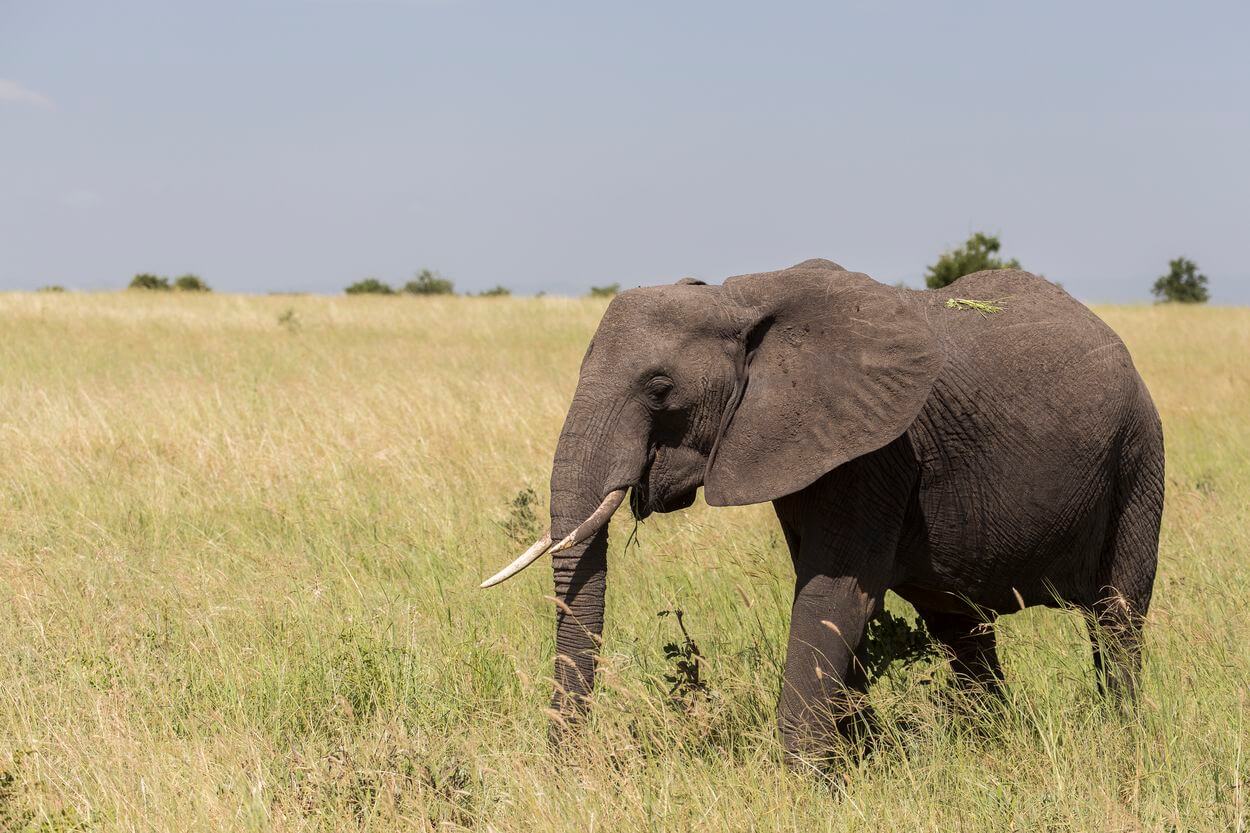An African Safari is the perfect backdrop to take incredible photos. The good news is that you don’t have to be an experienced professional photographer to capture images that you’ll treasure forever. With a bit of knowledge and our 15 useful tips even beginners can gain confidence behind the lens and snap amazing shots out in the wild.
If you are unsure about where to go for a photographic safari in Africa, we highly recommend starting your search by browsing the luxury safari lodges in Kruger National Park.
Kruger National Park is a world-renowned safari destination in South Africa that is known for its incredible diversity of wildlife. That is why many people consider it the perfect starting point for photographic safaris.
Tip 1: Safari Photography Equipment
Great photography starts with a good SLR camera and a couple of lenses. You’ll want to start out with the minimum of a 300mm lens – anything less won’t be able to pick up the detail you’re looking for. Of course, carrying two cameras is ideal because then you won’t find yourself having to change lenses during a sighting and risk losing out on the action. It will also help you avoid getting dust on your lens. Don’t forget your flash for nighttime game drives.
Tip 2: Composition
As important as having all the right equipment, an eye for composition will really make your shots pop. Obviously the best composition comes with experience, but beginners can improve their shots by carefully considering framing and the edges of shots before taking a snap. Try not to accidentally chop off treetops, limbs or other elements that might look better included in full. Minimise capturing anything that would distract from the subject of your shot.
Tip 3: Focus On The Eyes
When capturing wildlife, it’s best to shoot with a low depth of field (small f-stop) as this will make your subject stand out against background distractions like vegetation. Shooting this way will also enable you to use a higher shutter speed that will avoid camera shake and freeze movement. For the best expression, you’re looking to keep the animal’s eyes as sharp as possible, even if that means sacrificing sharpness in other parts of the body.
Tip 4: Positioning The Vehicle
While your driver-guide is there to spot animals and provide interesting information about the wildlife, they might not be experts at African safari photography. If you think your safari vehicle could be better lined up for a specific shot, don’t be shy to ask your driver to steer it into a better position for the photos you’re after.
Tip 5: Respect The Wildlife
As a tourist and photographer, it’s best to remember that you’re there as an observer. Don’t try to impact the sightings you come across. Instead let nature be natural and you’ll find the shots you’re looking for as the scenes unfold.
Tip 6: Safety Comes First
No matter the shot, it’s never worth endangering yourself or other guests. Pay attention to the directions of your driver-guide – they’re trained to manage wildlife encounters with untamed and unpredictable game.
Tip 7: Make Time For Memories As Well As Photos
If you’re not a professional photographer on a mission to capture certain shots, sometimes it’s better to stash the camera and just take in the wildlife and scenery. Don’t forget you came to relax in the wonders of the African bush, which is probably just as important as snapping away all day.
Tip 8: Be Patient
One of the most important tips on photographic safaris in Africa is to practise patience. Instead of driving from animal to animal, sometimes it’s best to stick with a sighting for a bit and watch the interactions that take place. This can often make for some of the most interesting shots.
Tip 9: Don’t Forget The Little Things
When you’re out on an African photography safari, it can be tempting to focus on the Big 5 and other large animals. There are, however, plenty of great shots waiting to be had if you aim your camera at smaller wildlife, bird life and even insects. Take a walking safari and see what getting even closer to nature can yield.
Tip 10: Angles and Perspective
While you might think it’s best to always zoom in on wildlife for those close-up shots, try to vary your angles and perspective to make for an array of interesting photos. A shot from further away or adding in more background vegetation can sometimes make for a more compelling image.
Tip 11: Working With The Light
Lighting is one of the most important things to consider when on an African photography safari. In fact, knowing when to take a photo can be as important as knowing how to take it. In the early morning and late afternoon, everything is bathed in a golden glow as the sun is nearest to the horizon. In overcast conditions, it’s almost like shooting in a massive softbox and can yield favourable results throughout the day.
Tip 12: Camera Support
Steady support is as important as having the right camera on an African photography safari. Tripods are especially important on walking safaris but can be unwieldy in a safari vehicle, where a clamp with a tripod head, or even a beanbag, would suit you better. To keep your cameras dust-free while they’re in the vehicle use a pillowcase or a laundry bag.
Tip 13: Storage
Possibly the most important tip is to always pack enough memory cards. Because sightings are unpredictable, you never know when you’ll be shooting lots of frames and you don’t want to be caught out having to change memory cards while the action unfolds around you. We recommend a card that’s big enough to contain a whole day’s worth of shooting and to back up your cards at the end of the day to your laptop or another suitable storage device.
Tip 14: Settings
While there are no specific settings for an African photography safari, with a bit of homework and practise you can master the basics of photography. Familiarise yourself with the relationship between aperture and shutter speed and learn how to manipulate depth of field so you can avoid camera shake.
Tip 15: Taking Photos Of People
While you’re on an African photography safari, it’s likely you’ll form a close bond with your guide as well as the people who run your luxury safari lodge. When you’re not taking pics of wildlife, you might want to capture some candid shots around your camp. Keep your camera handy and remember to always be respectful and ask for permission before you take your shots. Most people will easily oblige – they’re happy to have you as their guests.

